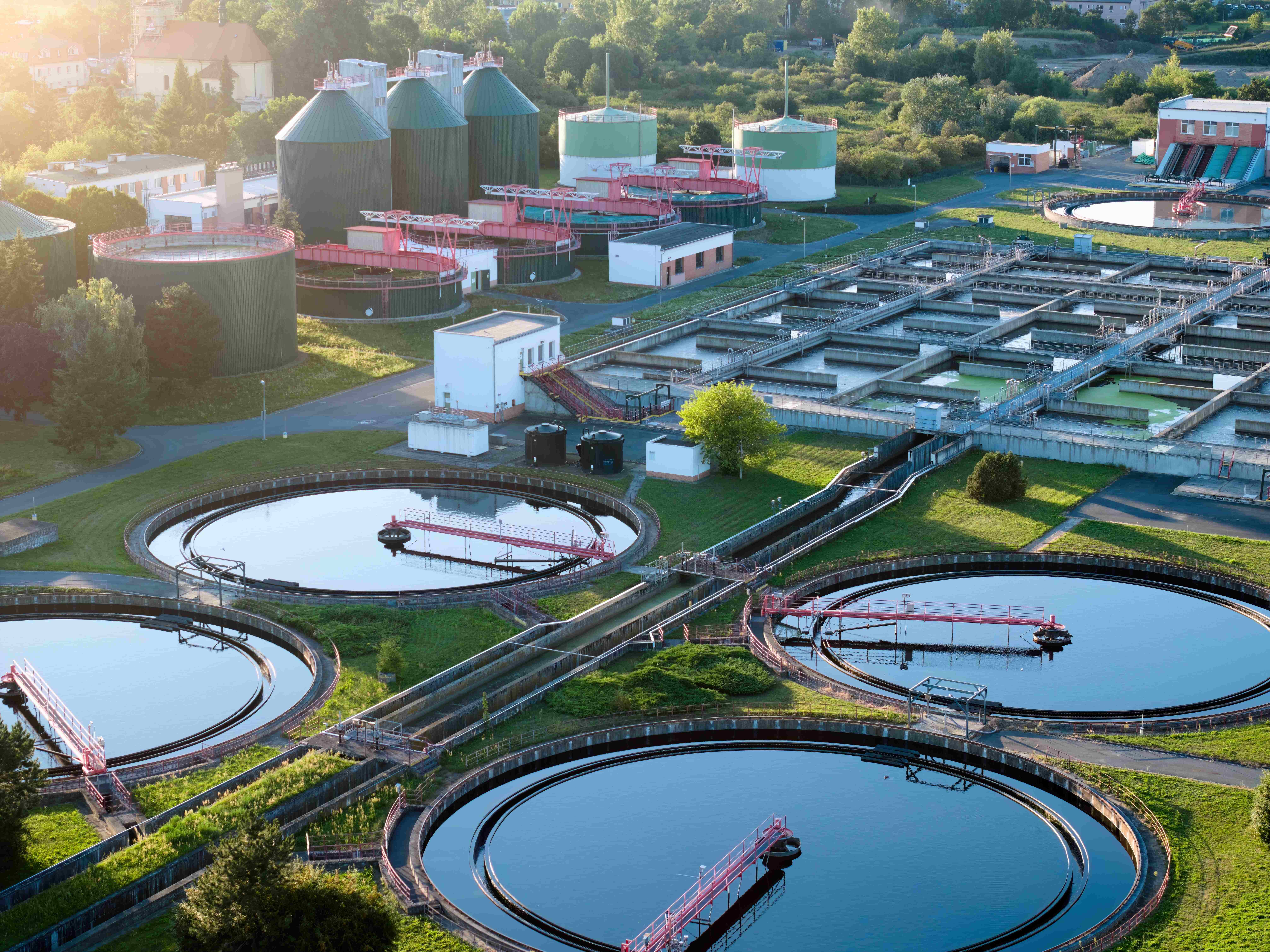
Industries are chasing production goals to maximize their earnings and cover as much global market to show their supremacy. In this rat race, business leaders are overlooking the damage done to Mother Nature. Our ecosystem is suffering from industry pollutants that are released without proper treatment. According to reports globally 80% of untreated wastewater is released back into the ecosystem. In India, about 44 million cubic meters of industrial wastewater are produced of which approximately 6.2 billion liters of unprocessed water gets mixed in the natural water resources. (source)
Therefore to save our natural resources it is important to utilize wastewater treatment systems and take steps toward a brighter tomorrow. Almost all functions including crop, agriculture, animal husbandry, vegetable farming, electricity generation, fish farming, and many more agricultural uses need fresh and adequate water supply.
What is Industrial Wastewater Treatment?
Industrial wastewater treatment is the process of detoxifying industrial water with the help of chemicals and machines to remove harmful substances or dissolved compounds before it is discharged into the environment. This process is effective in removing chemicals, pollutants, and other harmful substances from wastewater. It is a complicated process as the treatment methods differ for different effluents produced by multiple industries.
What are the types of Industrial Wastewater Treatment methods?
Industrial wastewater can be treated with two kinds of methods Traditional and Modern methods.
Traditional methods
Traditional methods that are still preferred by industries producing wastewater are:
1. Sedimentation: The effluent containing suspended solids is collected in a large tank. Here gravity pulls down the big solid chunks to the bottom to send the separated water for the next filtering process.
2. Filtration: Sand and gravel are natural filters they already play an important role in filtering the water collected on the earth's surface through rain, flood, and other sources. The wastewater is made to seep through the sand or gravel particles leaving behind the pollutants and collecting the water for further processing. This method removes suspended solid particles, microorganisms, and bacteria.
3. Chlorination: Chlorine can act on wastewater in three ways, namely; disinfection, oxidation, and removal of ammonia. Disinfection eliminates pathogenic microbes including viruses, and parasites. Oxidation breaks down organic pollutants into simple forms. Chloramine is the result of chlorine reacting with ammonia. It removes ammonia from the wastewater.
4. Aeration process: When it comes to industrial water treatment aeration counts as a secondary process. This is an activated sludge method promoting microbial growth in the wastewater. These microbes consume organic pollutants and stick together forming little clumps. The clumps are heavy so they sink to the bottom. These clumps are collected and reused to clean more water.
5. Reverse osmosis: In this process, wastewater is kept in a container where through high pressure it is made to pass through a filter containing very tiny holes that allow only water molecules to move to the other end leaving salt, minerals, and other impurities behind.
6. Deionization: Water passes through a vessel containing cation and anion resin beads to filter the industrial wastewater. The resin beads attract unwanted ions and release harmless ions into the water.
Modern Methods
1. Advanced Oxidation Process: Industrial wastewater treatment systems employ AOP methods to remove industrial effluents by applying two techniques:
(a) UV rays and Hydrogen Peroxide: This method is effective when UV lights decompose hydrogen peroxide into hydroxyl radicals. When the process begins hydroxyl radicals decompose the detrimental substances and turn them into harmless substances. The pleated cartridge filter is useful for refining wastewater that contains pesticides, chemicals, and all forms of toxic products.
(b) Ozone-based oxidation: Ozone gas decomposes water molecules and creates hydroxyl radicals that kill microbes and pathogenic composites. It also decomposes organic and inorganic substances that pollute water to enhance water quality.
2. Zero Liquid Discharge System (ZLD) This system allows industries to reuse the wastewater reducing water consumption. ZLD contains several systems dealing with water treatment like reverse osmosis, or crystallization.
3. Membrane Bioreactors: In industrial wastewater treatment, a bioreactor is used to cultivate bacteria and protozoa that can then consume the pollutants in the wastewater. The type of membrane utilized in the process is fixated on the bioreactor and filters the pollutants.
4. Electrocoagulation: Iron or Aluminium electrodes are consumed in the effluent by passing a current through the solution. Subsequently, electrical current flows through the wastewater and reacts to discharge metal ions that trigger coagulation.
5. Nanobubble technology: Nanobubbles are tiny bubbles containing oxygen with a diameter of less than 200 nanometers. These bubbles are injected into the wastewater increasing oxygen levels. The oxygen dissolved in the wastewater oxidizes organic pollutants and breaks them into simple and less harmful substances.
Why Superweld Eco-Solutions Industrial Wastewater Treatment Systems
Superweld Eco-Solutions works with complex approaches to industrial wastewater issues. We have been in the industry for 12 years with over 500 satisfied customers from various industries. As a trusted name, we have the expertise to address all your wastewater treatment needs. Our offering include thoroughly blended herbal extracts, microbes, and enzymes to provide a perfect solution for BOD / COD reduction, controlling odor, and optimizing grease traps. We improve the settleability of mixed liquor suspended solids (MLSS), enhancing overall treatment efficiency. Further strengthening our line of action we deploy the Super Nano Bubble Machine, a state-of-the-art technology that utilizes nanobubbles filled with oxygen to oxidize and break down the pollutants.
Conclusion
Industrial wastewater treatment solutions are not a requirement anymore they are necessities. This way, industries do not only meet the requirements of different regulations but also tend toward a future that is safe for the Earth. The path to industrial advancement requires working with dynamic business players, technology partners, and governments to ensure that the transformed industrial sector does not compromise the future of the Earth.































